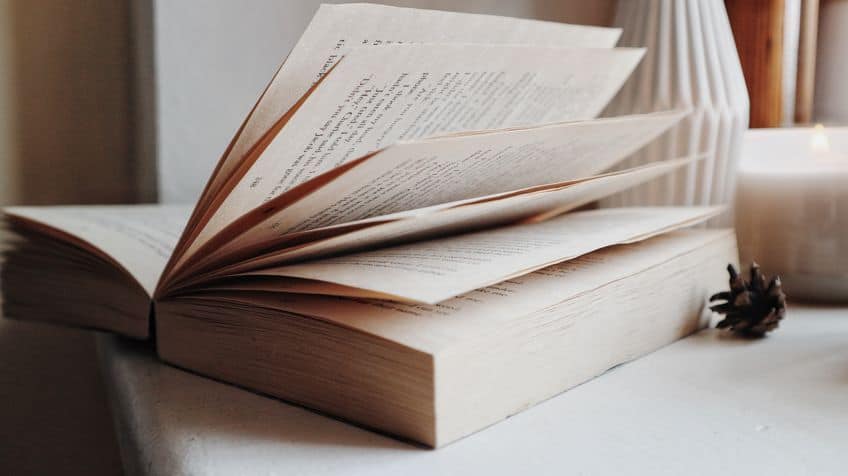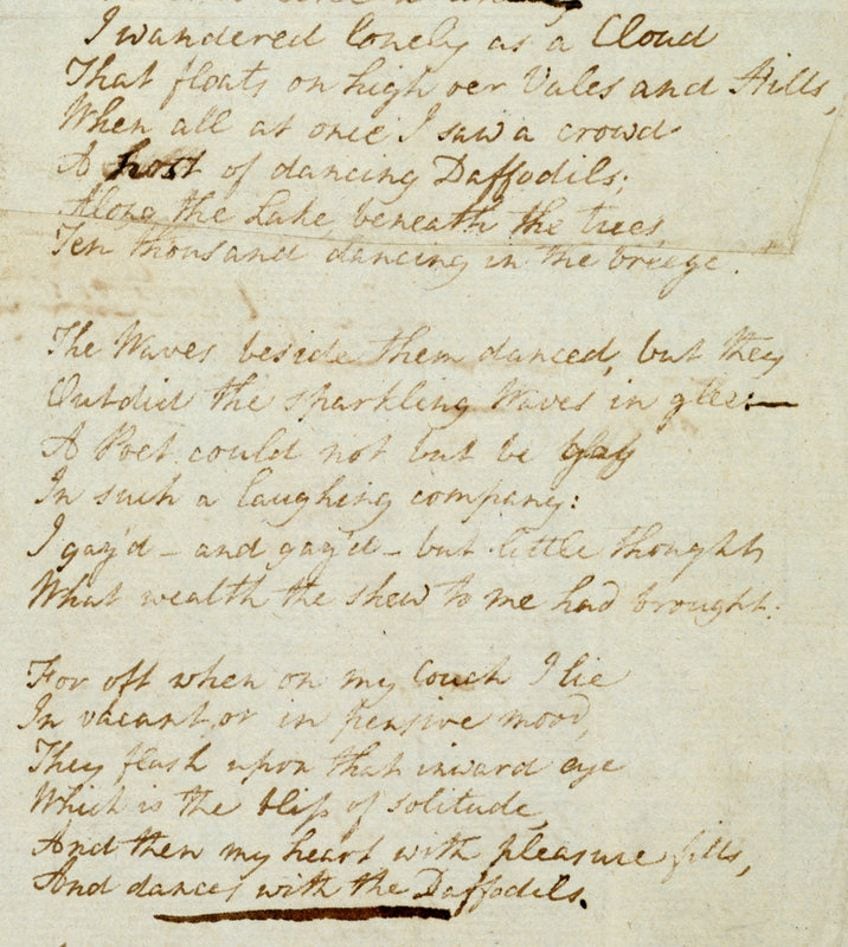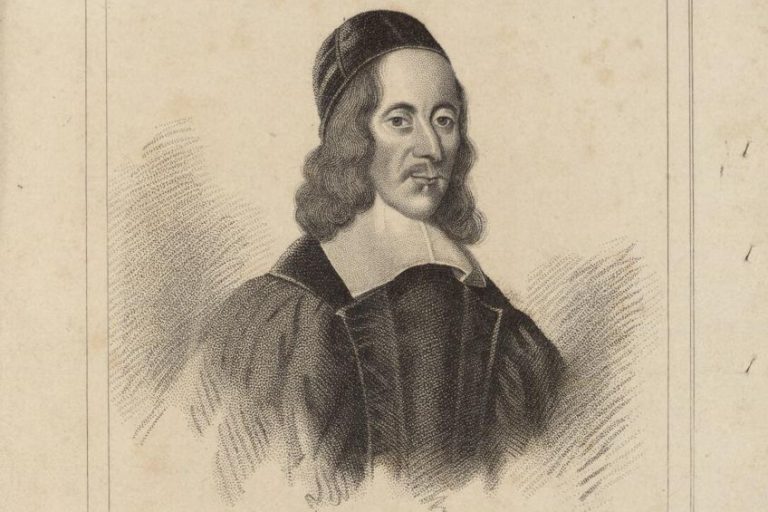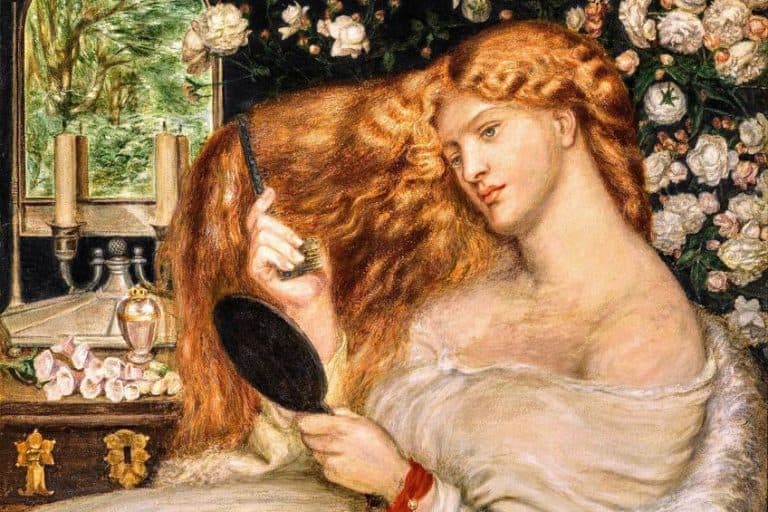Denotation in Poetry – The Role of Definitions in Prose
The denotation in poetry is something important to know and understand, and it is something of the opposite of connotation. However, when we analyze poetry, we mostly focus on connotation over denotation. The reason will become obvious as we dive headfirst into this topic. We’ll be having a look, ironically, at the definition of denotation, how it relates to connotation, how it can be used, and a number of denotation examples to fully hammer it home. If you have a deep and yearning desire to know about denotation in poetry, then this should help you to overcome that strange affliction!
A Look at Denotation in Poetry
The denotation in poetry is a very important part of poetry. However, it is also immensely obvious and simple. In very simple terms, it refers to the dictionary definition of a word. However, we will look at this in more detail below. The first of those sections will be a recap of things to come.

Summary of Denotation in Poetry
Summaries are useful things. I have used them in teaching for years now, and they also serve as a fantastic jumping-off point for deeper discussion. When you understand the basics, you can dive in far more deeply. So, that’s the plan right now, let’s see some of those basics:
- Denotation in poetry refers to the dictionary definition of a word. This is the basic understanding of a word, such as a rat being an animal and a toaster being a kitchen appliance.
- Denotation in poetry is the opposite of connotation. While the denotation is the dictionary definition, the connotation is more what it means to us. A rat may be an animal, but they can often represent disease or dirtiness to us. The connotation and denotation are connected to one another.
- Denotation in poetry can be found in all poetry. It’s actually more accurate to say that denotation is found in all languages because all words have dictionary definitions, but we can choose to use them in a variety of ways. We can’t just use words for things that they have no connection to. If you called a phone a water bottle, people would be confused.
I have provided this brief summary above, but the summarized form of denotation in poetry in particular is probably all you actually need. Denotation is a very simple idea. However, we are going to head into more depth below.
So if you want some further understanding when it comes to denotation in poetry, keep reading!
A Definition of Denotation in Poetry
Let’s keep this simple. Why? Well, because denotation in poetry is very simple. It refers to the dictionary definition of a word. What is a pillow? It’s a thing you put on a bed and have against your head. What is a plant? A thing with roots that grows and feeds off photosynthesis and water. And so on. It is exactly what the word itself means, and this is also why we contrast it against connotation.

The Difference Between Connotation and Denotation in Poetry
In the last section, I used the example of a pillow and a plant. When it comes to the denotation of these terms, they are a type of cushion and a living organism that is green. However, what do they represent to us? A pillow can mean comfort, sleep, joy, or even sex. What about a plant? Well, it represents nature, beauty, growth, and so on.
While the denotation is the dictionary definition, the connotation is what it means on a deeper and more cultural and personal level.
We cannot separate the denotation and connotation from one another. They are intrinsically connected to one another. In literary analysis, we usually focus on the connotation though. This is because we want to interrogate the cultural meanings of something rather than what it means in a dictionary. This doesn’t make it any less important, it just means that we don’t really pay much attention to it because it doesn’t need us to do so.
The Uses of Denotation in Poetry
Denotation, for all the derision that I may have laid throughout this article, is actually very important. We need to have a dictionary definition of every word because otherwise, language would just be a bunch of noises. In ordinary communication, the denotative meaning is generally favored because when I say that I want to go to the shops, I don’t want to have a discussion about what I mean by that. I expect you to know that I want to buy a pie!

Anyway, while the connotation of terms is generally seen as more important in poetic language, the denotation is integral. When we read something about a dog, we may see that dog as representing loyalty or love or any other myriad of meanings, but we do need to know that it is a dog. We need to be able to trust that language has certain semi-stable characteristics like this. Over thousands of years, the word “dog” will likely be erased and replaced with some other word, but we need to know what it denotes, and what it actually means on a basic level.
Without the denotation, there can be no connotation.
We can also, of course, use the denotation to explore contrasts between the denotative and connotative meanings, transform them into a metaphor or symbol, or even ensure very precise language usage. The denotation is integral even if it is not really spoken about when it comes to literary analysis. We’re usually more focused on the connotations, but always remember that the denotation is constantly under the surface.
A Few Denotation Examples
The denotation is a very easy thing to understand, but to hammer it home a bit, let’s look at a few denotation examples. These are going to be immensely obvious, but the denotation in poetry, and in any other text, is fundamentally obvious seeing as it’s just the dictionary definition of a word.

I Wandered Lonely as a Cloud (1815) by William Wordsworth
| Date Published | 1815 |
| Type of Poem | Lyric poem |
| Rhyme Scheme | ABABCC |
| Meter | Iambic tetrameter |
| Topic | Nature and memory |
I Wandered Lonely as a Cloud is a poem that, like all others, makes use of denotation. In this case, we can look at the direct meaning behind something that is given metaphorical weight through its connotation. It’s quite simple to identify the denotation examples in a text because they are surface-level. So, this poem makes use of daffodils. The daffodils, in a metaphorical sense, come to be a representation of nature itself. However, from a denotation perspective… they are flowers.
That is the denotative meaning of daffodils.

The Raven (1845) by Edgar Allan Poe
| Date Published | 1845 |
| Type of Poem | Narrative poem |
| Rhyme Scheme | ABCBBB |
| Meter | Trochaic octameter |
| Topic | Grief and loss |
The Raven is, like the poem above, one that makes use of denotation and connotation. From a connotation perspective, the raven that features in the narrative poem comes to represent a variety of things, such as grief and loss. However, if we want to know what the denoted meaning of a raven is, well, it’s a bird. That is what a raven is.
There is not much else to say when it comes to denotation examples as it’s just what the thing is!

Waiting for the Barbarians (1904) by C.P. Cavafy
| Date Published | 1904 |
| Type of Poem | Free verse |
| Rhyme Scheme | None |
| Meter | Variable |
| Topic | The unknown |
Waiting for the Barbarians is the last poem we will use to beat this idea over your head with. The barbarians, from a connotation perspective, represent a number of things. They represent a threat, an unknown, a revolutionary force, but when it comes to seeing them as a denotation example, they are barbarians. This is an old term that has been used to refer to many different groups, but seeing as this poem is set in Rome, we could see it as having that definition, which essentially referred to any non-Roman or Greek person because everyone else was “uncivilized” in their opinion.

The final denotation example should be enough to explain why the concept of the denotation in poetry is rather simple to explore. It is just the dictionary definition meaning of a thing. However, we have spent this article looking at the idea of denotation in poetry, how it differs from connotation, how it can be used, and a few denotation examples. The concept of denotation is a simple one, and so, hopefully, this article has explained it to the point where it is nice and easy to understand!
Frequently Asked Questions
What Is Denotation in Poetry?
Denotation in poetry refers to the meaning of a word in a poem. However, it is distinct from the connotation. Where the connotation refers to what a word represents to us, such as a rose representing love, the denotation refers to the actual dictionary definition of the word in question. So, a rose doesn’t denote love. It denotes a flower. It is a type of flower. Any other associations it might have are connotations.
What Are the Uses of Denotation in Poetry?
The denotation can be found in every single word seeing as every word has a dictionary meaning. We use these words with denoted meaning because otherwise, it would be impossible to understand language at all. We cannot use the word dog and expect someone to just know that we actually mean cow. This allows language to remain grounded, and connotations can arise from denotation.
What Are Some Denotation Examples in Poetry?
There are denotation examples throughout poetry because every word has a denoted meaning. Take I Wandered Lonely as a Cloud (1815) by William Wordsworth as an example. The daffodils in the poem connote a sense of the natural world and beauty, but when we’re looking at it from a denoted perspective, it’s just a flower. The same with the eponymous raven in The Raven (1845) by Edgar Allan Poe, which is a bird, or the barbarian people in Waiting for the Barbarians (1904) by C.P. Cavafy. The dictionary meaning is the denoted meaning.
Justin van Huyssteen is a freelance writer, novelist, and academic originally from Cape Town, South Africa. At present, he has a bachelor’s degree in English and literary theory and an honor’s degree in literary theory. He is currently working towards his master’s degree in literary theory with a focus on animal studies, critical theory, and semiotics within literature. As a novelist and freelancer, he often writes under the pen name L.C. Lupus.
Justin’s preferred literary movements include modern and postmodern literature with literary fiction and genre fiction like sci-fi, post-apocalyptic, and horror being of particular interest. His academia extends to his interest in prose and narratology. He enjoys analyzing a variety of mediums through a literary lens, such as graphic novels, film, and video games.
Justin is working for artincontext.org as an author and content writer since 2022. He is responsible for all blog posts about architecture, literature and poetry.
Learn more about Justin van Huyssteen and the Art in Context Team.
Cite this Article
Justin, van Huyssteen, “Denotation in Poetry – The Role of Definitions in Prose.” Art in Context. February 20, 2024. URL: https://artincontext.org/denotation-in-poetry/
van Huyssteen, J. (2024, 20 February). Denotation in Poetry – The Role of Definitions in Prose. Art in Context. https://artincontext.org/denotation-in-poetry/
van Huyssteen, Justin. “Denotation in Poetry – The Role of Definitions in Prose.” Art in Context, February 20, 2024. https://artincontext.org/denotation-in-poetry/.









